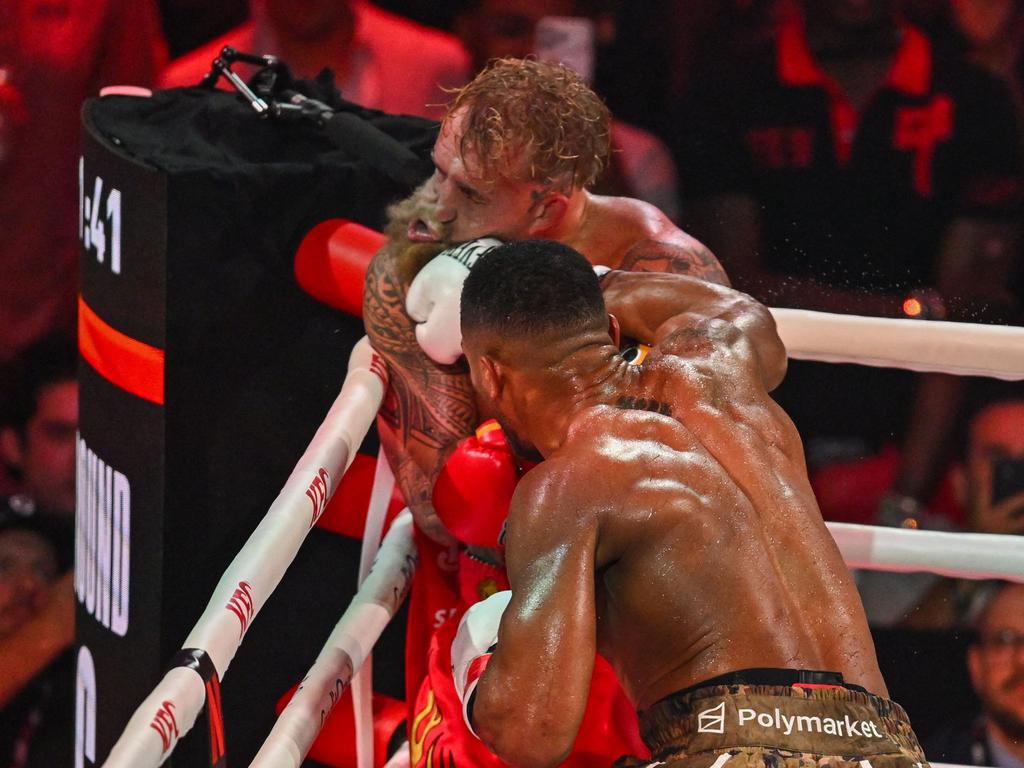
This article is more than
7 year oldThe body on the boat: The plight of migrants in the Mediterranean, and the toll on those who try to save them

Originally published on April 23, 2018.
The rubber boat was packed so tight with migrants they couldn't move. But as they set out across the Mediterranean, they had made space for the body of a young woman.
She had died before they disembarked from Libya, but the other migrants refused to leave her behind.
CBC correspondent Megan Williams was aboard the rescue ship Aquarius when it picked up the group of migrants last November. She spent 16 days on board with the crew, patrolling the coast of Libya, searching for migrants in distress. She wanted to gather the stories of these people from countries across Africa and the Middle East — the lives that they were hoping to build, and the ones they were trying to escape.
But when the body of the young woman was brought aboard, she realized there was another story she wanted to understand.
"It's the story of the person who can no longer tell it," she said. "The one of the woman who died, whose name I learned is Lola."
In the past four years, more than 600,000 people have crossed the perilous sea in flimsy boats and useless life jackets supplied by people smugglers. Some are lucky enough to be picked up by EU naval boats, but still unknown thousands drown. Groups like Medecin Sans Frontieres (MSF), which operates the Aquarius, and SOS Mediterranée have joined the efforts with a simple mission: to save lives.
A doctor trying to bring comfort
On board, Williams met Seif Khirfan, an Egyptian doctor on his first stint with MSF. He first heard about the group seven years ago, while working in a field hospital during the Arab Spring uprising in Cairo's Tahrir Square.
As events progressed, he joined the protest, filming events for journalists who couldn't get inside the square. In 2011, he was shot, his body pierced by 25 shotgun pellets, but survived.
When he joined MSF, he specifically asked to be assigned to the Aquarius, because he knew the route it scours is one favoured by Egyptians trying to make "the suicide mission of crossing the Mediterranean to reach Europe," as he described it.
"I thought maybe if they see someone that reminds them of home, maybe it would be comforting for them," he told Williams.
A body brought aboard
On Williams's 11th day aboard the Aquarius, its crew encountered a migrant boat — a tight bundle of lives, tied together on a swaying sea.
It was as they ferried the 171 people off the boat, Williams said, that they discovered the body.
She watched as Seif and the crew brought the body onto the rescue ship, even though in that moment the crew had to focus on the living, making sure the new arrivals were OK.
The next day, Williams stood by as Seif peered into a shipping container. He pulled back a tarp, and switched on a hose.
As the only doctor on board, Seif was charged with watering the corpse, to keep it cool.
- THE CURRENT | 'Human crisis': Ai Weiwei showcases plight of refugees
- THE CURRENT | How family of drowned toddler are using their grief to help refugees
This body, a slender frame wrapped in wet blankets, was the fifth he'd seen on this voyage, he told Williams.
"At first I was worried," he said, "because I wasn't feeling as sad as people kept expecting me to feel."
He thought maybe something was wrong, but eventually realised it was a defence mechanism to help him cope.
"If I allow myself," he said, "I won't be able to do it."
Read More (..)




